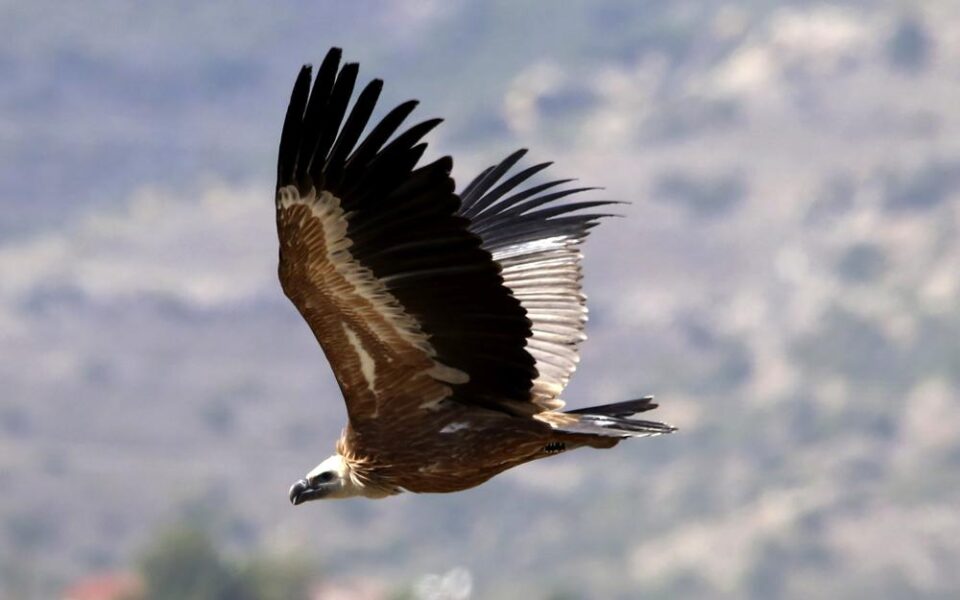Over a fifth of endangered species in Greece under threat of extinction

Over a fifth of the 11,500 endangered animal, plant and fungi species in Greece are “critically endangered,” meaning they are under threat of extinction, a new assessment of the country’s Red List has found.
The Environment Ministry published the revised list to mark European Natura 2000 Day, the anniversary of the creation in 1992 of what is now the world’s largest coordinated network of protected areas that now includes more than 27,000 sites.
The species included in the Greek Red List have been assessed according to the criteria set by the International Union for Conservation of Nature (IUCN).
The local Red List, aligning with the IUCN’s Red List, operates as an openly accessible database, ensuring access to scientific information regarding flora and fauna species.
While globally 28% of the species assessed by the IUCN are under threat, in Greece that percentage amounts to 21.5%.
Some 18.7% of plants, 22.6% of animals and 34.8% of fungi on the list are under threat of extinction.
More specifically, 28.3% of birds, 31.3% of mammals, 13.3% of reptiles, 34.6% of amphibians and 21.5% of invertebrates on the list are threatened with extinction.
The griffon vulture, the smallest of the four vulture species found in Greece and Europe, is one of the “critically endangered” species.
Thanks to the implementation of protection and conservation measures, some endangered species previously threatened with extinction have been recategorized as low risk.
Typical examples include the Caretta caretta sea turtle and the lesser kestrel.
Meanwhile, in a separate announcement, the Hellenic Ornithological Society has said that two vultures that wintered this year on Mount Parnitha near Athens have mated and nested there.
This is the first confirmed breeding of the species in the area since the 1970s.
Source: ekathimerini.com




